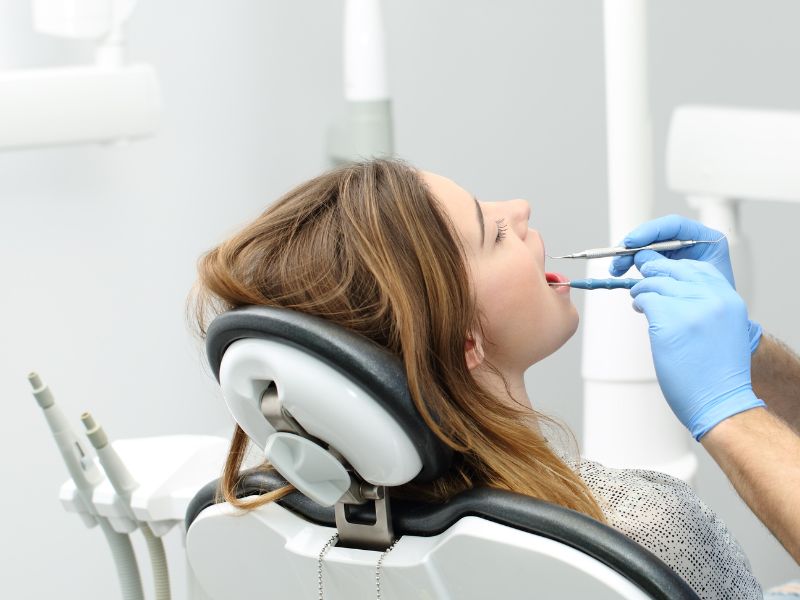Taking care of our oral health is extremely important to enjoy the full functionality of our mouth and to feel overall well-being. It is true that sometimes oral pathologies may appear necessary to treat. Doing it in time is key to avoiding worse outcomes such as tooth loss and to wearing a healthy and beautiful smile.
In today’s article we will talk about dental hypoplasty, a disease of the teeth that requires the supervision and treatment of specialists in dentistry, as is the case of Gross Dentists.
What is dental hypoplasty?
In this sense, one of the most important aspects on this issue is knowing exactly what is dental hypoplasty.
Dental hypoplasty corresponds to a pathology in which the enamel is damaged. Such pathology occurs during the development of the teeth, and some of the signs of detection is to observe spots or gaps in them.
Solving this problem is essential for oral health, as tooth enamel is the hard outer layer of teeth that aims to protect them from bacteria and chewing forces. For this reason, in case of suffering it is necessary to go to a professional dentist who knows how to return the anatomy, color and function to the teeth.
What are the causes of dental hypoplasty?
As we have discussed above, dental hypoplasty occurs during the development of teeth and, specifically in those that have a minor mineralization before birth.
Some of the causes of this dental problem are the following:
- Congenital enamel hyperplasia: This pathology related to tooth enamel is usually the cause of an inherited pathology called amelogenesis imperfecta. So it can appear in the patient congenitally.
- Developmental problems in childhood: In other situations, this anomaly may result from deficiencies that occur during childhood and tooth formation, such as calcium deficiencies, vitamins, celiac disease, among others.
- Developmental problems in pregnancy: In other cases, certain prenatal situations can also affect the baby in terms of dental hypoplasty, such as lack of vitamin D, underweight at birth or premature delivery.
How to identify this problem of tooth enamel?
Early detection of dental hypoplasties is key to treating it early and protecting teeth. For this reason, we will reveal how this problem of tooth enamel can be identified.
Therefore, the main signs of detection are as shown below:
Dental erosion
Tooth erosion corresponds to loss of tooth structure, resulting in gaps, holes and fissures.
Stains on teeth
Another common sign is spotting on the teeth. Depending on the state of gravity, these spots will have one color or another, the most worrying being yellowish and brown.
Tooth sensitivity
Those who suffer from dental hypoplasty have a greater sensitivity to heat and/or cold, since the enamel of the teeth is more fragile.
Visit us to start your oral treatment today
So far all the important aspects about dental hypoplasty, but remember that at Gross Dentists we are at your disposal to treat any oral problem you have. We are specialists in orthodontic treatments, periodontics, endodontics, dental implants, gum grafts, professional oral cleanings, dental aesthetics, among others.
Make your appointment now and enjoy a healthy and beautiful smile! We are waiting for you!
Ortodoncista especializada en el sistema de ortodoncia invisible, extensa trayectoria profesional y un gran número de pacientes satisfechos con los resultados obtenidos tras la finalización de su tratamiento.


